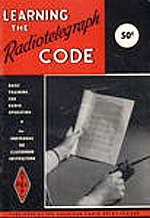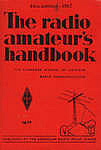Late 1960s
 Late-1960s to 1978: FCC informally permitted, when available, preferential 1x3 call signs to Novices who upgraded, i.e. a Novice who was WN4AAA might be able to get W4AAA. Late-1960s to 1978: FCC informally permitted, when available, preferential 1x3 call signs to Novices who upgraded, i.e. a Novice who was WN4AAA might be able to get W4AAA.
1967: November 22. FCC introduced a new incentive licensing system. Novices lost 2 meter phone privileges for Novices were talking on 2 meters phone, not increasing their code speed and upgrading only to Technician. FCC restated that the next step for Novices is the General class license.  The Technician class license is for VHF/UHF experimentation. It is not the next step up for Novices. FCC revoked the privilege of hams being able to simultaneously hold both the Novice and Technician. FCC extended the Novice license to 2 years. This license could not be renewed. The Technician class license is for VHF/UHF experimentation. It is not the next step up for Novices. FCC revoked the privilege of hams being able to simultaneously hold both the Novice and Technician. FCC extended the Novice license to 2 years. This license could not be renewed.
1969: In QST magazine, the American Radio Relay League published its new policy which recognized the fact that large numbers of new Technicians were communicators and not experimenters. ARRL called on the FCC to allow hams to simultaneously hold both Technician and Novice licenses, give Technicians full 2 meter privileges as well as 29.5 to 29.7 mc. |